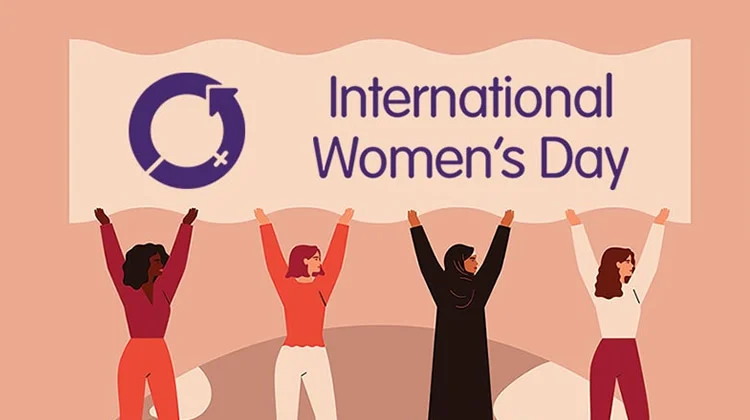Global Issues
#IWD2023: Why Menstrual Equity is Key to Achieving Gender Equity -By Adenike Bamigbade
Governments and international organizations can work to eliminate taxes on menstrual products and invest in menstrual health programs to support the health and well-being of women and girls.

Menstrual inequity refers to the unequal access to menstrual products, facilities, education, and sanitation that many women and girls face around the world. It is a pervasive issue that affects women and girls in both developed and developing countries, and has wide-ranging impacts on their health, education, and economic opportunities.
One of the main causes of menstrual inequity is the stigma and shame that still surrounds menstruation in many cultures. This stigma can prevent girls from attending school or participating in everyday activities during their periods, and can also make it difficult for them to access menstrual products or sanitary facilities.
The high cost of menstrual products is another barrier to menstrual equity. In many countries, menstrual products such as pads or tampons are taxed as luxury items, making them unaffordable for many women and girls. This can force them to use ineffective or unhygienic alternatives, such as rags or leaves, which can lead to infection and other health problems.
To address menstrual inequity, there needs to be a multifaceted approach that involves education, advocacy, and policy change.
- Increase access to menstrual products: Governments and NGOs can work to make menstrual products more affordable and accessible to all women and girls, especially those living in poverty or rural areas.
- Improve menstrual hygiene management facilities: Providing clean and safe facilities for menstruating women and girls can help reduce stigma and increase their access to hygiene products.
- Increase awareness and education: Raising awareness about menstrual health and hygiene can help break down the cultural barriers that prevent women and girls from accessing menstrual products and facilities. It is also important to provide education on menstrual health and hygiene in schools.
- Address policy issues: Governments and international organizations can work to eliminate taxes on menstrual products and invest in menstrual health programs to support the health and well-being of women and girls.
- Empower women and girls: Providing opportunities for women and girls to participate in decision-making and leadership can help promote gender equality and reduce menstrual inequity. It is important to involve women and girls in the design and implementation of menstrual health programs and policies.
By taking a comprehensive and multifaceted approach to menstrual inequity, we can work towards a world where all women and girls have access to the resources they need to manage their menstrual health with dignity and confidence.




















